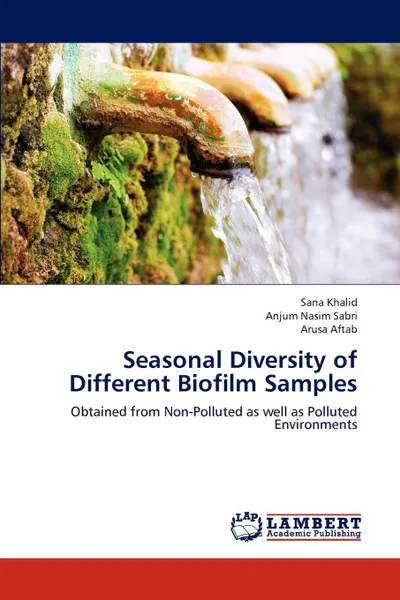Seasonal Diversity of Different Biofilm Samples 14+
176 страниц
Категория: Научная литература
ISBN: 9783659202414
Язык: Английский
📕 This research work published in this book included various microbial techniques on four different parameters such as morphological, physiological, biochemical and genetic analysis of microorganisms isolated from Biofilm samples obtained from non-polluted and polluted environments. The work also included the quantitative analysis of biofilms under the supervision of Dr. Anjum Nasim Sabri. Microbial biofilms are populations that are concentrated at an interface usually solid/liquid and typically surrounded by an extracellular polymeric slime matrix. Whereas, flocs are suspended aggregates of microorganisms surrounded by an extracellular polymeric slime matrix that formed in liquid suspension. They have many of the same characteristics as biofilms. Because of the physico-chemical and biological properties, the biofilms are highly beneficial for removing organic and inorganic contaminants from the natural environments and in the modulated systems. The ecosystems, both on land and in the water, depend heavily upon the activity of bacteria. These strains can be used for future applications in soil structure and crop yield improvement under stress conditions.
Мнения
